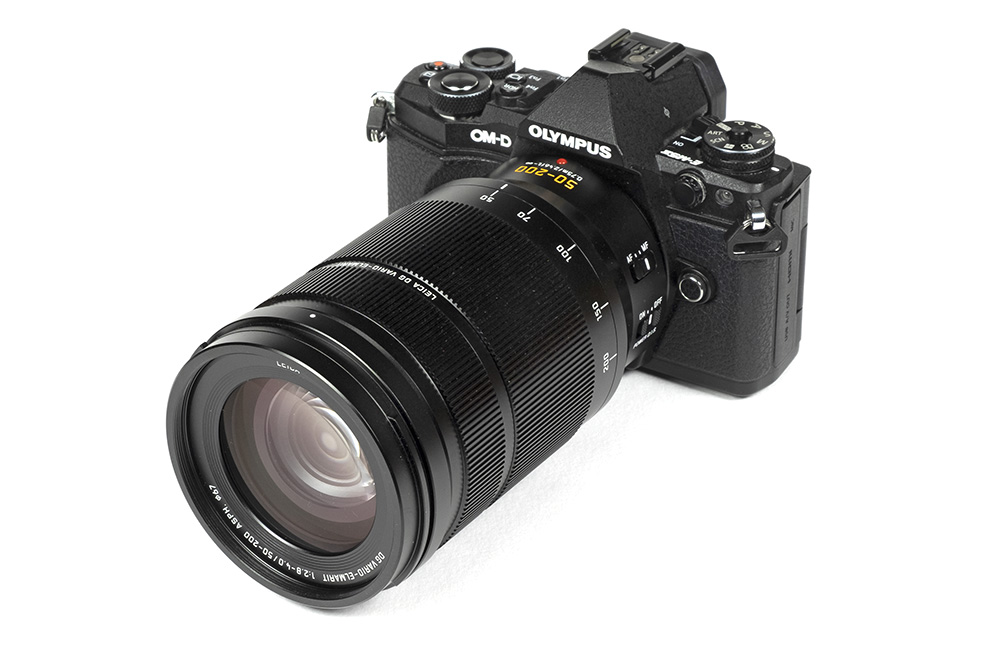by Klaus Schroiff, published December 2019
Introduction
Every serious system is offering a holy trinity of the fast zoom lenses covering the ultra-wide, standard and medium-tele range … that’s with the exception of Micro-Four-Thirds. They got two sets of them. While Olympus is following the more traditional approach of providing f/2.8 lenses, Panasonic/Leica has relaxed the specs a bit by focusing on f/2.8-4 variants. Regarding the philosophy behind Micro-Four-Thirds, the latter makes sense because such variable aperture lenses are more compact. This also applies to the Leica DG Vario-Elmarit 50-200mm f/2.8-4 ASPH Power OIS with its weight of merely 655g and a length of just 132mm. Unfortunately, the lens is a giant when it comes to the pricing of around 1500EUR/USD. This is very similar to the Olympus M.Zuiko 40-150mm f/2.8 PRO IS which may have a smaller range but which is ultimately faster. Please note that none of these lenses are actually comparable with a 70-200mm f/2.8 on full format cameras. Instead, the Leica lens offers a range equivalent to “100-400mm” and less depth-of-field potential.
You may wonder why this lens is called a “Vario-Elmarit” vs the Leica DG “Vario-Elmar” 100-400mm f/4-6.3 ASPH Power OIS. Vario obviously relates to a zoom lens. An “Elmarit” is a Leica designation for zoom lenses with an aperture of f/2.8. “Elmar” lenses are slower than that. Of course, they are cheating a little here because the 50-200mm is not a straight f/2.8 lens and other than at 50mm you are operating at f/3+ – e.g. at 100mm, you have reached f/3.6 already.
The build quality is superb. It’s an all-metal construction and the zoom mechanism feels as good as it gets. The focus ring is also very smooth. Unsurprisingly, the lens is both splash- as well as dust-proof but Panasonic went the extra mile – it’s also freeze-proof down to -10C. On the downside, it is a bit prone to zoom creeping and there’s no zoom lock. Some may also criticize the lack of a dedicated tripod mount but regarding the weight of the lens, there’s little need for that really. A deep, barrel-shaped lens hood is provided.

The AF is very fast and essentially noiseless. Typical for most Panasonic/Leica lenses, the 50-200mm f/2.8-4 features an image stabilizer (“Power OIS”). We didn’t find any claims regarding its efficiency but in real life, we’d rate it somewhere between 3-4 f-stops. If you have a Panasonic camera featuring Dual IS, it’s more than that. It is also possible to use this lens on Panasonic’s 1.4x (DMW-TC14) and 2x (DMW-TC20) teleconverters. While you gain range, you’ll also lose 1 or 2 f-stops in speed respectively. These are fairly expensive options though … once again.
| Specifications | |
|---|---|
| Equivalent focal length (full format) | “100-400mm” |
| Equivalent aperture (depth-of-field) | “f/5.6-8” |
| Optical construction | 21 elements in 15 groups inc. 2x aspherical, 2x UED, 2x ED, 1x UHR |
| Number of aperture blades | 9 (rounded) |
| min. focus distance | 0.75m (max. magnification 1:4) |
| Dimensions | 76x132mm |
| Weight | 655g |
| Filter size | 67mm |
| Hood | barrel-shaped, bayonet mount |
| Other features | image stabilizer, splash/dust/freeze-proof, tele-converters |
Distortion
Micro-Four-Thirds cameras are using an auto-correction mechanism for image distortions thus there is nothing to worry about in this respect.
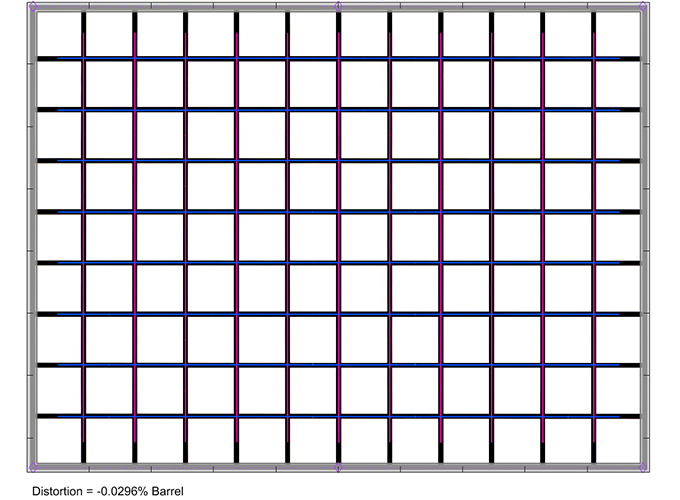

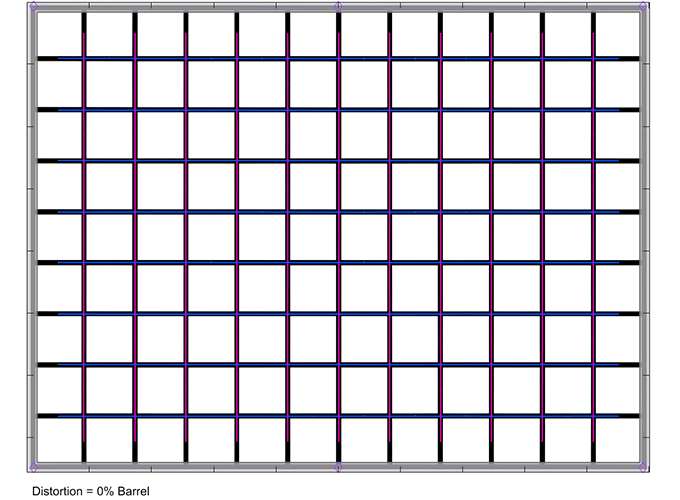

When looking into the RAW data, you can still determine the native distortion characteristic of the Leica lens. There are only slight pincushion distortions across the zoom range so the auto-correction doesn’t have to be overly aggressive in the first place.
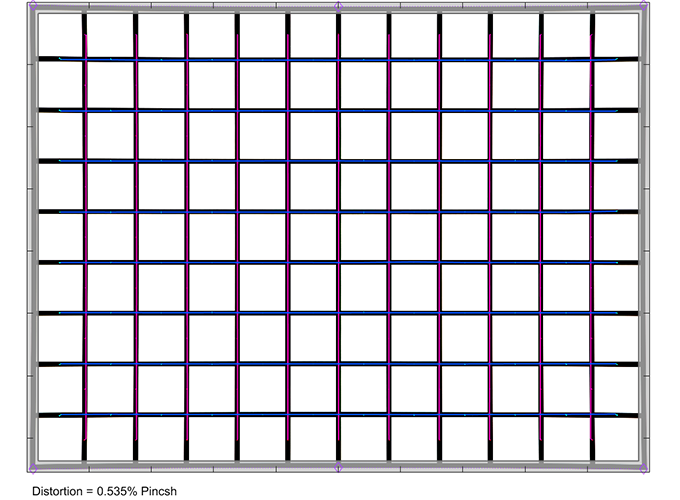
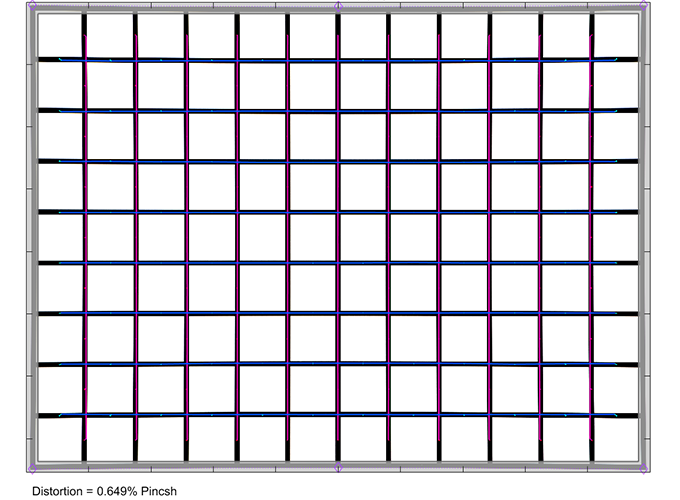

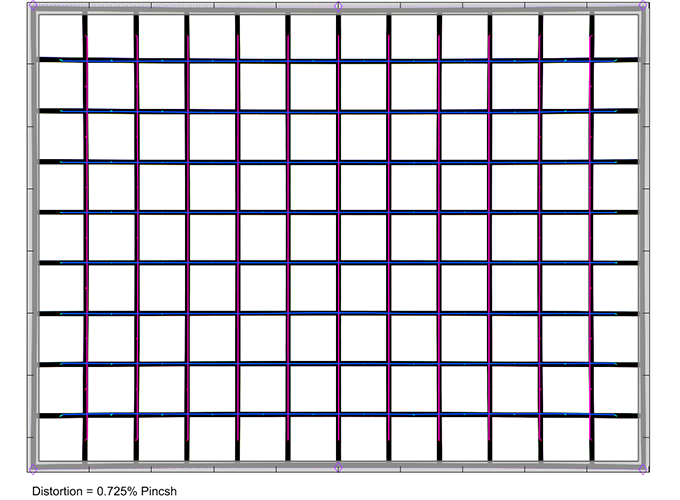
Vignetting
Vignetting is another aspect that is usually corrected under the hood thus the issue is basically negligible from an end-user perspective.

If you choose to disable auto-correction, you will spot a more pronounced vignetting at fully open aperture with a maximum of 1.2EV (f-stops) at 50mm.
Stopping down by about 1 f-stop resolves the issue by most standards.
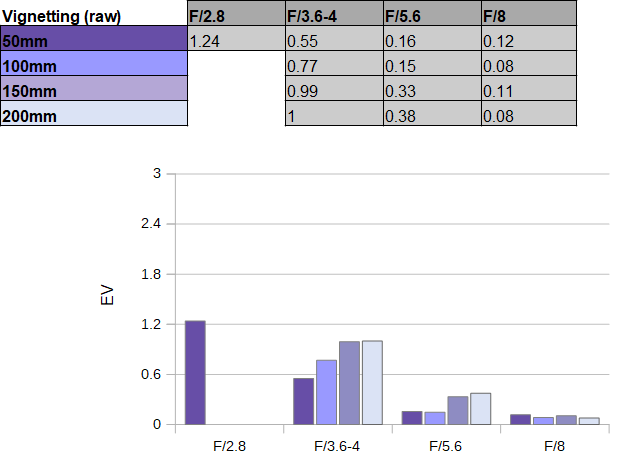
MTF (resolution)
The Leica DG Vario-Elmarit 50-200mm f/2.8-4 ASPH Power OIS is very sharp across the entire zoom range. The center quality is excellent in the f/2.8 to f/5.6 aperture. The outer image field is very good to excellent at 50mm to 100mm and still very good beyond. The quality drops slightly at the 200mm setting but that’s hard to notice in real life. Diffraction has a higher impact from f/11 onward.
The field curvature is very low. The centering quality of the tested sample was very good.
Please note that the MTF results are not directly comparable across the different systems!
Below is a simplified summary of the formal findings. The chart shows line widths per picture height (LW/PH) which can be taken as a measure of sharpness. If you want to know more about the MTF50 figures you may check out the corresponding Imatest Explanations.

Chromatic Aberrations (CAs)
Lateral CAs (colors shadows at the image borders) are very low and not relevant in real life.

Bokeh
The Leica DG Vario-Elmarit 50-200mm f/2.8-4 ASPH Power OIS is fast by Micro-Four-Thirds standards but its depth-of-field capabilities are, of course, limited compared to full format systems. Of course, it’s still possible to isolate your main subject simply because you tend to frame it at fairly high object magnification with this lens.
Unfortunately, the bokeh is not without issues – specifically when it comes to out-of-focus highlights. You can easily notice that the inner zone of these discs is not only very busy, it’s also uneven. It may relate to either an effect from the polishing of the aspherical elements or glued elements in the optical system. In any case, it’s not ideal. It’s not always obvious in real life though.

As usual, the highlight discs deteriorate towards the image borders/corners as shown below. The effect is not overly pronounced though (here taken at around the 100mm mark). Stopping down reduces this (vignetting-)effect.


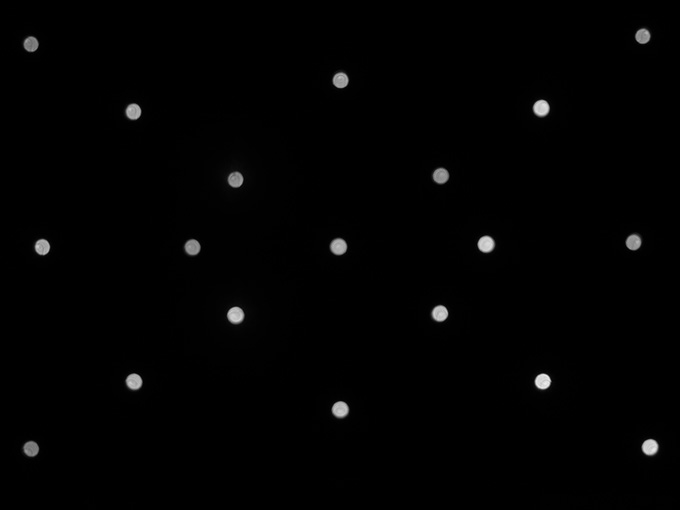
The general rendition of out-of-focus areas is Ok but it could be smmother. Hard edges are rendered too harshly. This is something that we also noticed in the Leica DG 100-400mm f/4-6.3 ASPH Power OIS but it’s more pronounced here.

Sample Images
Competition
The Leica DG Vario-Elmarit 50-200mm f/2.8-4 ASPH Power OIS (shown to the left) is competing against two other MFT lenses – the already mentioned Olympus M.Zuiko 40-150mm f/2.8 PRO IS (center) and the Panasonic X 35-100mm f/2.8 Power OIS (to the right below). You may notice that, while sharing the same/similar large aperture, they are quite different in shape. The Olympus lens is generally faster and therefore also bigger. Performance-wise there isn’t too much between the two (and the Olympus lens hasn’t the greatest bokeh either). The Panasonic lens is emphasizing shorter focal lengths and costs, correspondingly, not quite as much as the Leica/Olympus. It’s pretty sharp, too, and also much smaller.

Visual comparison courtesy of camerasize.com.
The Leica DG Vario-Elmarit 50-200mm f/2.8-4 ASPH Power OIS is an outstanding lens ... with one exception. It excels in most of the formal parameters. In terms of resolution, it is extremely sharp across the zoom range. Image distortions are absent in conventionally processed images with just a little distortion present in RAW images. Lateral CAs are negligible. Vignetting is usually auto-corrected so no worries here normally. If you chose to deactivate auto-correction, you may notice an elevated light falloff at maximum aperture though. The biggest weakness is in an informal parameter - the bokeh. Out-of-focus highlights have an odd inner structure and the general rendition of background blur is also harsher than desirable in certain scenes at least.
The build quality is excellent and if you handle it, you can immediately feel the difference compared to conventional Panasonic lenses. The subjective quality perception is even superior to Olympus PRO lenses in our book. It's still not perfect though. Zoom creeping can be a bit of annoying and some may miss a dedicated tripod mount (especially when using teleconverters). The AF is extremely quick and noiseless. The performance of the optical image stabilizer system is also impressive - and also needed at such long focal lengths. While the lens-based IS is pretty good already, it is a bit unfortunate that Olympus users can't take advantage of Dual-IS (=combining the optical IS with the in-camera IS system). So if you intend to have this as your primary lens, you may be better off with a Panasonic camera.
If you want a darn-sharp zoom lens, the Leica DG Vario-Elmarit 50-200mm f/2.8-4 ASPH Power OIS is an obvious choice albeit an overly expensive one. For portraits and other "bokeh-centric" applications, you may prefer to look elsewhere though (the Olympus 45mm f/1.2 PRO is superb).
-
Optical Quality
-
Build Quality
-
Price / Performance


